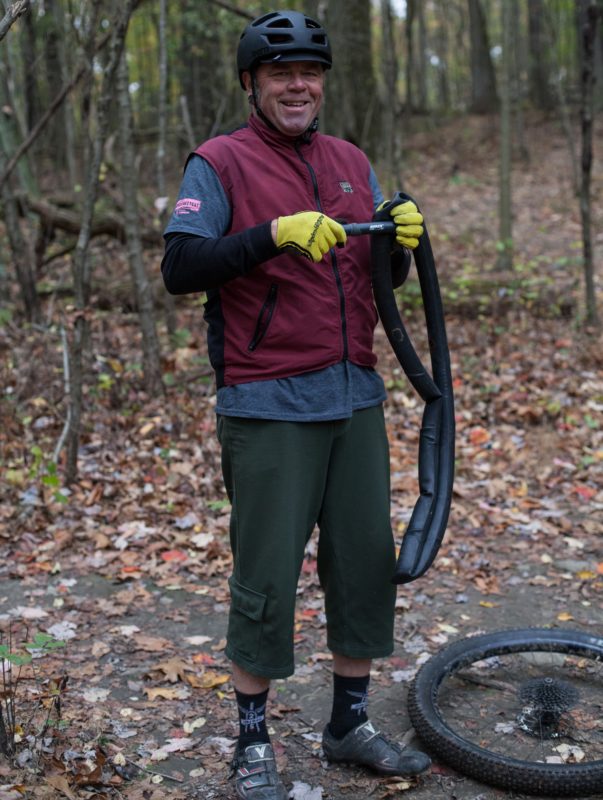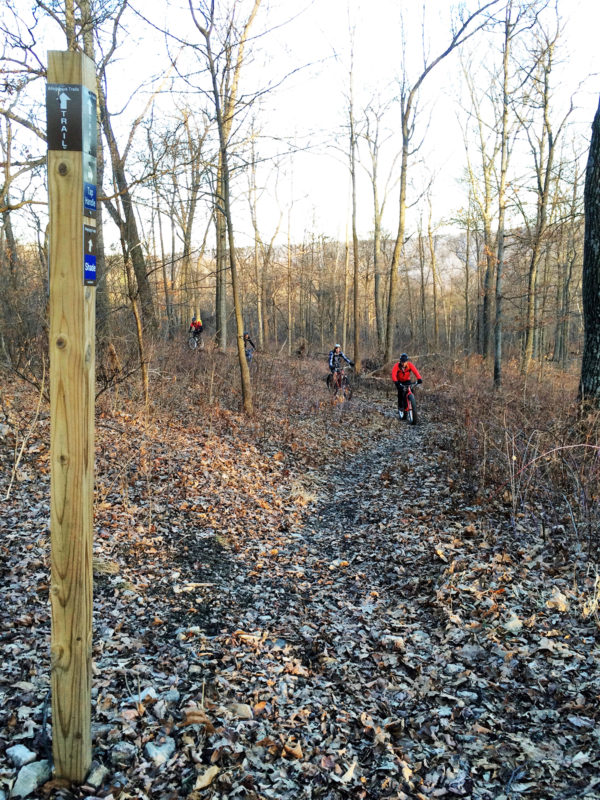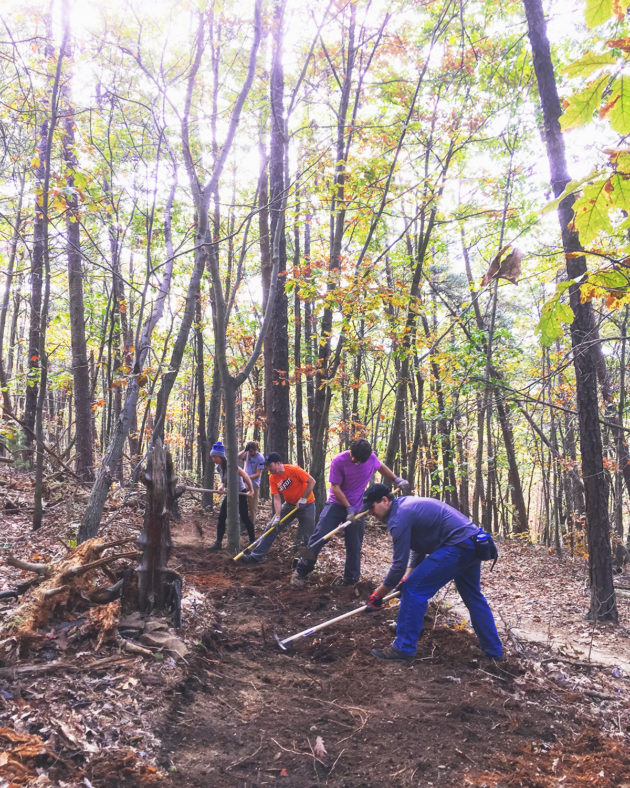The Guide to Trail Etiquette
Originally posted on January 30, 2018 at 1:09 amBy Katherine Fuller
If we could all just live by the great commandment of “Don’t be a jerk,” mountain biking wouldn’t need an etiquette guide. But we have met the enemy and he is us. Recent IMBA surveys indicate even mountain bikers recognize that the biggest threat to access is … mountain bikers. The good news is that the biggest benefit to access is also mountain bikers. We volunteer more, fundraise more, organize more, give back more, smile more and know more about sustainable trail-building. Like it or not, we had to earn our access to multi-use trails. If we intend to maintain it — and if we want to make it even better — we have to keep working at it. With that, here’s a reminder of the official Rules of the Trail that every mountain biker in the know knows, plus a few for the modern era. Because we’re all in this together.
IMBA’s Rules of the Trail have been around for nearly two decades and have been adopted by land-management agencies nationwide. These six points compose the most basic guide for responsible riding — an act that is the simplest, most powerful pro-bike advocacy tool available.
RESPECT THE LANDSCAPE
This cardinal rule is all about loving your local trail-builders and the physical environment. If your trails aren’t built to withstand being ridden when they’re wet, don’t ride them when they’re wet. Rolling through mud looks cool in ads but causes rutting, widening and maintenance headaches. Ride through standing water, not around it. Ride (or walk) technical features, not around them. Do not alter trails without permission. Pull over to let others pass instead of careening off trail. Pack it in, pack it out. If you remember nothing else, remember this: Keep singletrack single!

YIELD
That old yield triangle showing bikers giving way to equestrians and foot traffic has been formally adopted by land managers since the early 1990s, at least. It is also a big part of what allowed us to gain access to so many multi-use trails. Descending riders also yield to climbing riders, unless indicated. That’s not a buzzkill suggestion; it’s harder to restart if you stop while climbing. The majority of us have a longstanding handshake agreement on this one anyway.
RIDE IN CONTROL
Speed and inattentiveness are the primary sources of trail conflict among user groups. Slow down to pass others and be extra aware when riding trails with poor sight lines and blind corners. Announce thyself when you wish to pass; your loudly buzzing rear hub is not enough. Saying hello or using a bell goes a long way. Use extra caution around horses, which are unpredictable. The best thing to do is ask the rider the best way to get around their horse.
PLAN AHEAD
Volunteer bike patrollers are great, but they’re not always around to bail you out. Make sure to roll with water, snacks, tubes, tools, a rain jacket, a lucky rabbit’s foot or whatever you think you need for the ride you’re undertaking. Strive to be self-sufficient, download a trail app on your phone for navigation and share your riding plan with a friend if you’re heading out solo.

MIND THE ANIMALS
Depending on where you ride, you might encounter snakes, deer, bears, alligators, pumas or chupacabras. Leave them be. In some places, running cattle and disturbing wildlife are serious offenses. If you’re riding with a dog, respect leash laws, be prepared to take care of Fido and ensure your pup is obedient enough to not cause problems for you, other trail users or wild animals.
RIDE OPEN, LEGAL TRAILS
At this point, there’s not much left to say. Don’t be the person who gets your entire mountain bike community blacklisted or sets back your area’s advocacy efforts by a decade. If there aren’t enough trails or variety near you, IMBA and your local mountain bike group can help. Your engagement will be welcomed because it takes a village to create, enhance and protect great places to ride.

THAT NEW NEW
Think of it this way: The ratio of riding your mountain bike to writing comments about mountain biking on the internet should be something like 1,000,000,000 to 1. Unless, that is, you are providing trail conditions updates. That’s helpful. Thank you.
GIVE BACK
Mountain biking thrives on support from individuals, and it’s not just our trails that benefit from our volunteer ethic. Our reputation has been built on it and our access is derived from it. While you don’t have to wield a Pulaski every weekend, our community still needs you. Give money to your local mountain bike organization; donate gear to your local NICA team; write letters or attend meetings in support of mountain bike projects. Ultimately, there are no trail fairies.

LIVE AND LET LIVE
The mountain bike community is diverse, from the types of trails and bikes we prefer to where we come from and why we ride. We should respect and encourage one another as brothers and sisters of the bike, full stop. Petty infighting only splits and weakens our community. Remember: Don’t be a jerk.
EDUCATE YOURSELF
Hard work, education and dedication builds trails; vacuous complaints do not. Get to know your local situation before you waste hours mouthing off into the internet void. Access, trail types, the pace of construction and more are determined by a myriad of things, from land managers and the physical landscape to maintenance budgets and environmental concerns. The situation is unique and often complicated everywhere there are trails, but many mountain bikers have managed to figure it out and are having success in all 50 states. They could use your support.
HAVE FUN
Isn’t that what this is all about?
